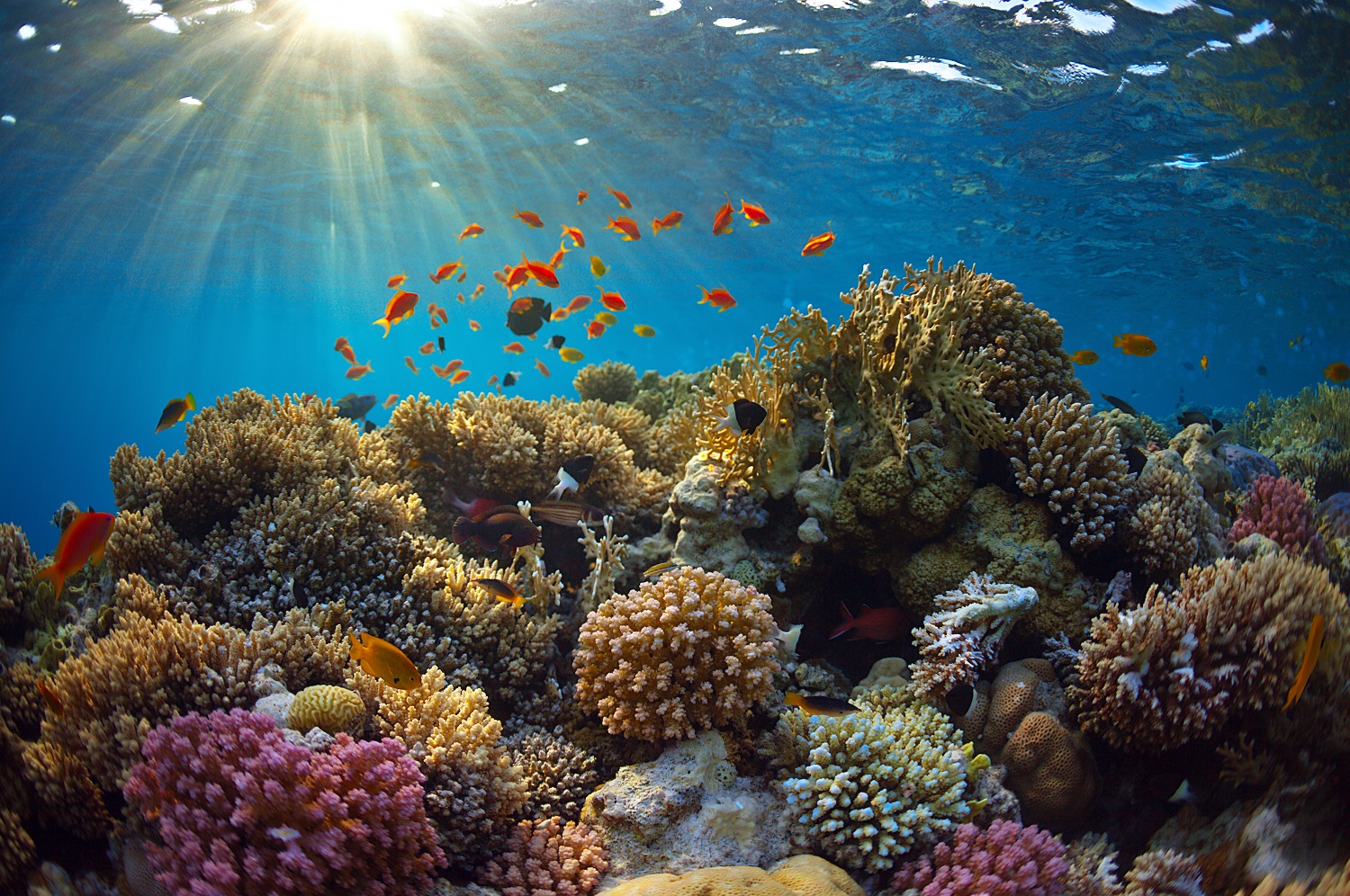

Marine heatwaves put biodiversity under threat
Heatwaves do not only occur on land, but also inside the ocean. Marine heatwaves are defined as periods of prolonged anomalously high sea surface temperatures compared to the local 30-year long record. Although the occurrence of these events has been observed locally, researchers in recent years looked at this phenomenon at the global scale. A study finds that over the past century, heatwaves occurred more often and lasted longer. They find that the number of marine heatwave days has doubled between 1925 to 2016. The authors link this increase to the global rise of ocean temperatures.
Another study predicted this trend to continue in the future. Under a global warming of 1.5 °C relative to pre-industrial levels, the occurrence of marine heatwaves will be 16 times more likely than in pre-industrial times. Under the warming scenarios of 2.0 and 3.5 °C above pre-industrials levels, the number of marine heatwaves will be 23, respectively 41 times more likely. With current national policies for reducing carbon emissions globally, the Earth is on a pathway to 3.5 °C of warming by the end of this century. In other words, in preindustrial times, a heatwave that would have occurred once in 100 days, would be likely to occur 41 times in 100 days under the 3.5 °C warming scenario. This is every second to third day. The study further predicts, that marine heatwaves will not only occur more often, also their spatial extent and duration will rise.
Heatwaves on land are often associated with severe droughts. But how will marine heatwaves influence the living organisms in the ocean?
A team around Dr Dan Smale from the Marine Biological Association based in Plymouth (UK) explored the impacts of marine heatwaves on marine ecosystems and biodiversity globally. The authors used various datasets to study this topic. They identified areas of high vulnerability, for example where a high occurrence of marine heatwaves overlaps with regions of high biodiversity or temperature sensitivity. They also brought together existing data on marine heatwave effects on organisms and looked at the effects of marine heatwaves on three different foundation species: corals, seagrasses and kelp (brown algae). As their name suggests, foundation species (often primary producers) form the basis of ecosystems and are therefore crucial for their resilience. If they are under threat, they could put the entire ecosystem at risk.
The study finds that several regions in the Pacific, Atlantic and the Indian Oceans are especially vulnerable to marine heatwave intensification. This is due to concurrent high levels of biodiversity, a domination of species found at their warm range edges (anomalous temperatures due to a heatwave will exceed their thermal tolerance) and added human stressors (e.g. overfishing or pollution). Their results further show that even individual heatwave events can strongly impact ecosystem health. Higher numbers of heatwave days each year lead to increased coral bleaching, a lower density in seagrass and a reduction of kelp biomass. The negative effects of marine heatwaves were greater on sessile taxa (organisms that are attached to a substrate and remain in a particular location) than on mobile and planktonic taxa. The study highlights that previous research has focused on trends in mean climate variables and not considered the impacts of extreme events in much detail. However, as this study shows, marine heatwaves have the potential to significantly alter ecosystem structure and thus, impact millions of people, who are benefitting from marine ecosystems.
- Smale et al. 2019. Marine heatwaves threaten global biodiversity and the provision of ecosystem services, Nature Climate Change, https://www.nature.com/articles/s41558019-0412-1
- Frölicher et al. 2018. Marine heatwaves under global warming. https://www.nature.com/articles/s41586018-0383-9
- Oliver et al. 2018. Longer and more frequent marine heatwaves over the past century. Nature Communications. https://www.nature.com/articles/s41467018-03732-9#ref-CR1
- Hobday et al. 2016, A hierarchical approach to defining marine heatwaves, Progress in Oceanography, https://www.sciencedirect.com/science/article/pii/S0079661116000057



